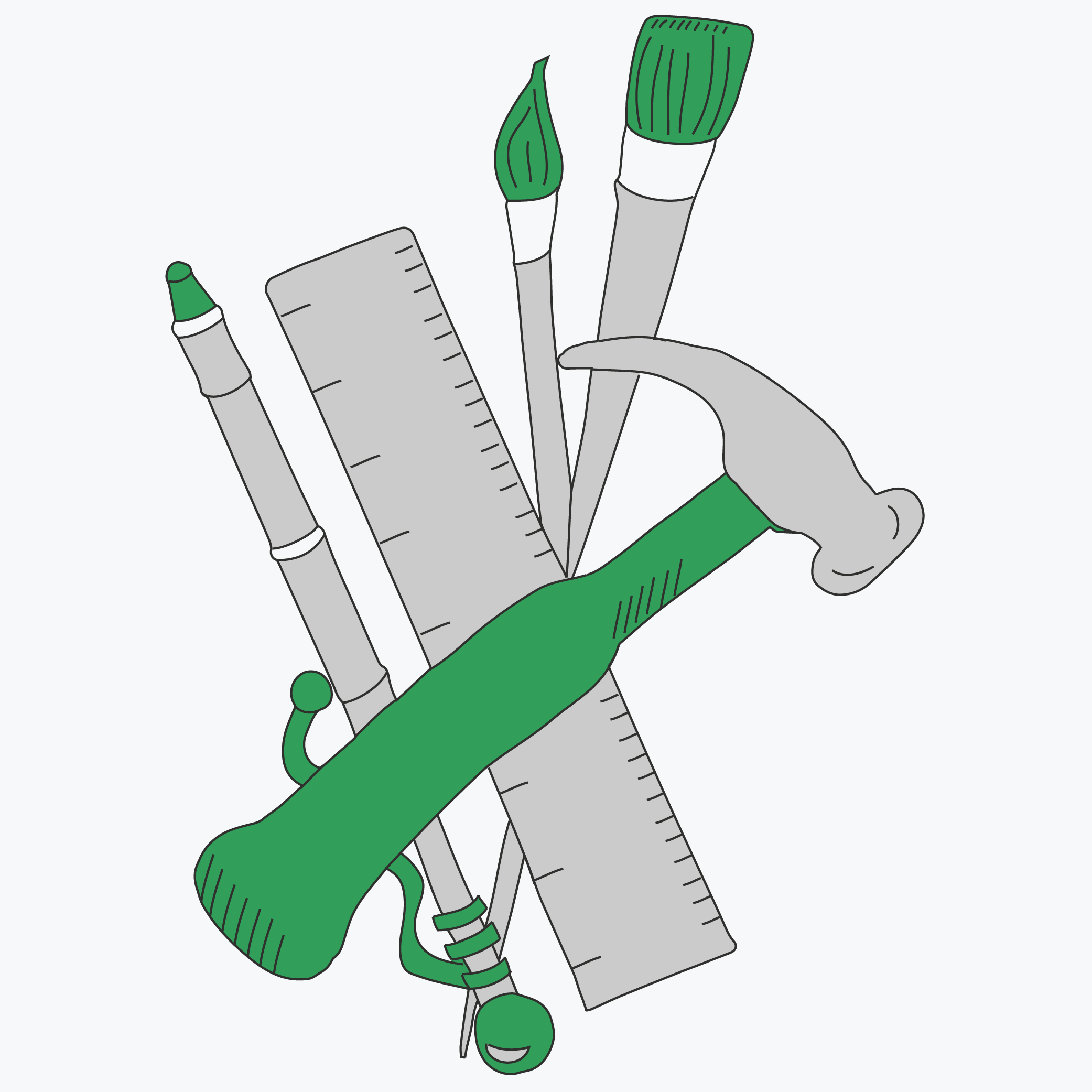Prototyping
Why?
A prototype is an early draft, sample, or model that physically communicates an idea and its value proposition. By converting ideas into tangible objects, the students obtain valuable feedback, which can push them in the right direction, whilst reducing time and cost, and preventing failure at an early stage. Moreover, a prototype serves as a communication tool between the students, by providing a common focus in the design process, which improves the students’ understanding and helps them ask the right questions for improving their design.
How?
The students can use prototyping in all stages of the design process. In fact, many different prototypes can, advantageously, be built during a design process, and changed many times during this process. These prototypes are developed from the materials to hand like paper, pencils, cardboard boxes, straws and the like. If the idea concerns a social interaction, the students may perform a role-play of the settings as a proto type (see Role-play).
Tips
The teacher asks the students to keep a prototype-diary in order to keep track of the prototype-journey. In this journey the students write down what worked, what didn’t work and suggestions for improvements etc. Thus, the students continue building upon their previous prototypes. This enables the student to go back to older prototypes if they discover that something important has been taken out in the process.
Literature
Horton, G. I. & Radcliffe, D. F. (1995) Nature of Rapid Proof-of-concept Prototyping. Journal of Engineering Design, vol. 6, No. 1

